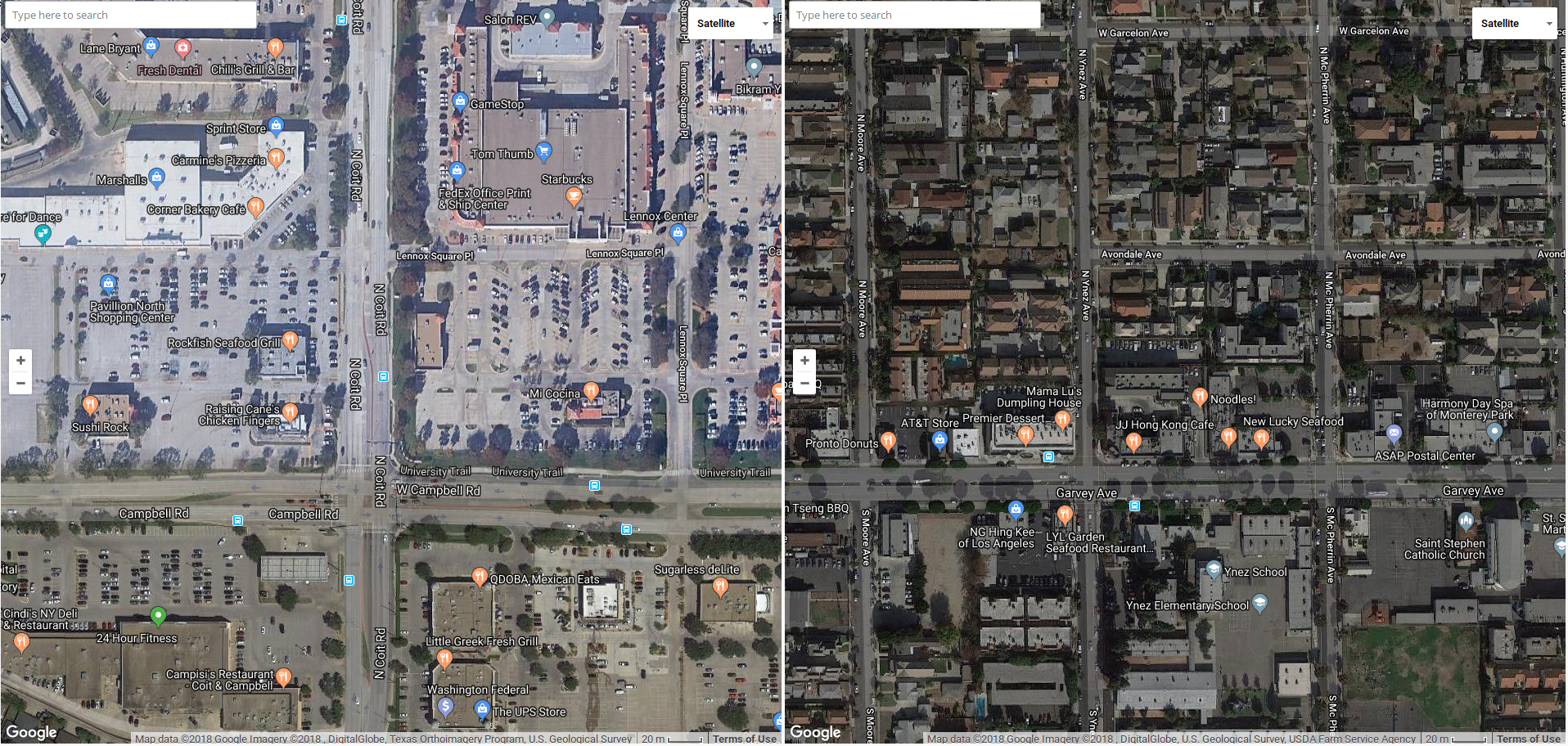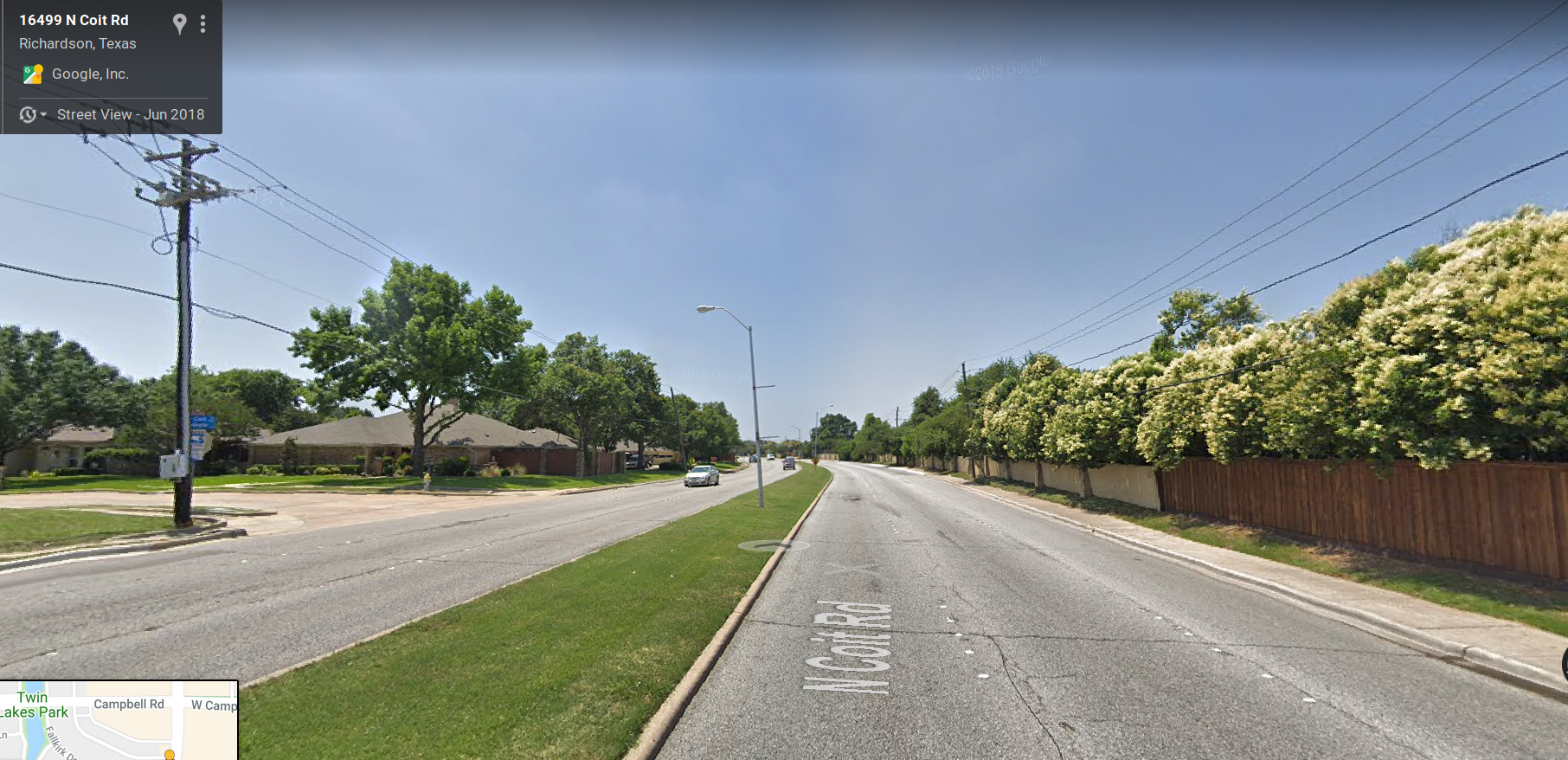Mixed-use buildings are overrated, and other lessons from LA
December 2018
5 minute read
I recently spent about a week in Los Angeles (a few days in Pasadena and the San Gabriel Valley, and a few days in Downtown/Central LA and the Westside). Here are some ways in which what I saw changed my opinions about cities.
Mixed-use is overrated, malls are better
The most pleasant shopping areas in LA are commercial-only. I’m thinking of The Grove, Westfield Century City mall, Rodeo Drive, Third Street Promenade in Santa Monica, Downtown Pasadena, the Venice Boardwalk, various malls in Koreatown, and various plazas/strip malls in the SGV, Koreatown, and along Wilshire and Santa Monica Blvds in the Westside. What makes these places pleasant?
- Specialization. Commercial trips usually fall under one of two categories—places you visit on ordinary days (groceries, haircuts, gyms, food, etc.), and places you visit for fun with friends or family (shopping, entertainment, food). The shopping mall acknowledges this dichotomy, packing high densities of fun places and not wasting space on boring things, like CVS or schools or random residential or office buildings, that you don’t need when hanging out.Caveat: some malls do have salons and gyms, so this is not 100% true.
- Extremely high density of shops. Lots of businesses one after another, with no gaps in between. Often there are even multiple levels of shopping (in the malls and strip malls). You can take one trip to the mall and access dozens of places by short walk.
- Activity that would be disruptive in a residential area. Street musicians and dancers, music playing, bright lights and screens, street vendors.
- Nice touches as a result of a single owner. The owner of the complex, or the city in the case of Rodeo Drive and Venice Boardwalk, adds things like plants or grassy strips, benches, balconies, etc. The Grove and Rodeo Drive had Christmas decorations and music playing.
American urbanists often ignore the benefits of malls, either from a libertarian or anti-corporate lens (think Strong TownsAndrew Price, “The Case for Small Commercial Spaces”, (Strong Towns, 5 July 2018).
), for authenticity and grassroots urbanism (think Jane Jacobs), or because of the American association of malls with large parking lots. Japanese malls are sometimes praised, but American and Western European malls are not. London’s Oxford Street, New York’s SoHo and Garment District, Flushing’s Downtown, and Chicago’s Magnificent Mile are effectively malls, but we don’t acknowledge this or ask ourselves why these places are good and whether they should be replicated.
Instead, the type of retail urbanists most often praise is ground-floor, mixed-use retail in residential areas, usually in midrise or taller apartment buildings. Obviously this is merited—more of the first type of retail I mentioned above should be built walking distance to homes. But this point can often be misinterpreted, to suggest that this is the pinnacle of retail—that all retail should be homogenously mixed into residential areas. People often debate whether housing should be built uniformly throughout cities as missing middle or clustered densely around transit (with Alon Levy as the strongest advocate of the latter approach).See, for example, Alon’s comments in this Twitter thread about where the demand for housing is in San Francisco.
My argument is somewhat a retail analogue of Alon’s point. First, there are positive agglomeration effects of retail (basically the four bullet points above). Second, for more specialized types of retail with limited demand (e.g. Indian grocery) or retail with benefits to scale (e.g. movie theaters, department stores), it makes more sense to put it in places accessible to more people, near major roads or transit, rather than in a residential area and accessible only to those who live walking-distance.The strongest version of this argument, which I’m not sure I believe in, is that we need multistory commercial zoning on big roads, multistory residential zoning on small roads, and no mixed zones.
Finally, clusters of retail usually makes sense because of the density of the average American city. Most American cities aren’t dense enough to provide enough foot traffic for retail in residential areas. In any reasonable timeline, most Americans city-dwellers will not have their retail needs met within a block or two of their house. Instead, they will have to bike, e-scooter, bus, or maybe walk half a mile. To maximize the number of people a shop can serve, and to make the trek to the store worth it, it makes sense to build concentrated nodes of retail near major roads and transit. This would allow people to do multiple errands in one trip.In fact, most European cities aren’t dense enough either—which is why most streets in London and Berlin, both under 15,000/sq mi density, are purely residential. Paris and Manhattan (both around 70,000 people/sq mi) are the only Western cities dense enough that most streets should have retail.
Green space and quiet is good
Growing up, I never found my Dallas suburb to be particularly beautiful, so of course when I became interested in urban planning my idea of beauty in cities eschewed suburbs and looked to aspects of dense cities: pretty buildings, street activity, interesting retail. But parts of Los Angeles are beautiful in a very suburban way. Pasadena was the best example of this.
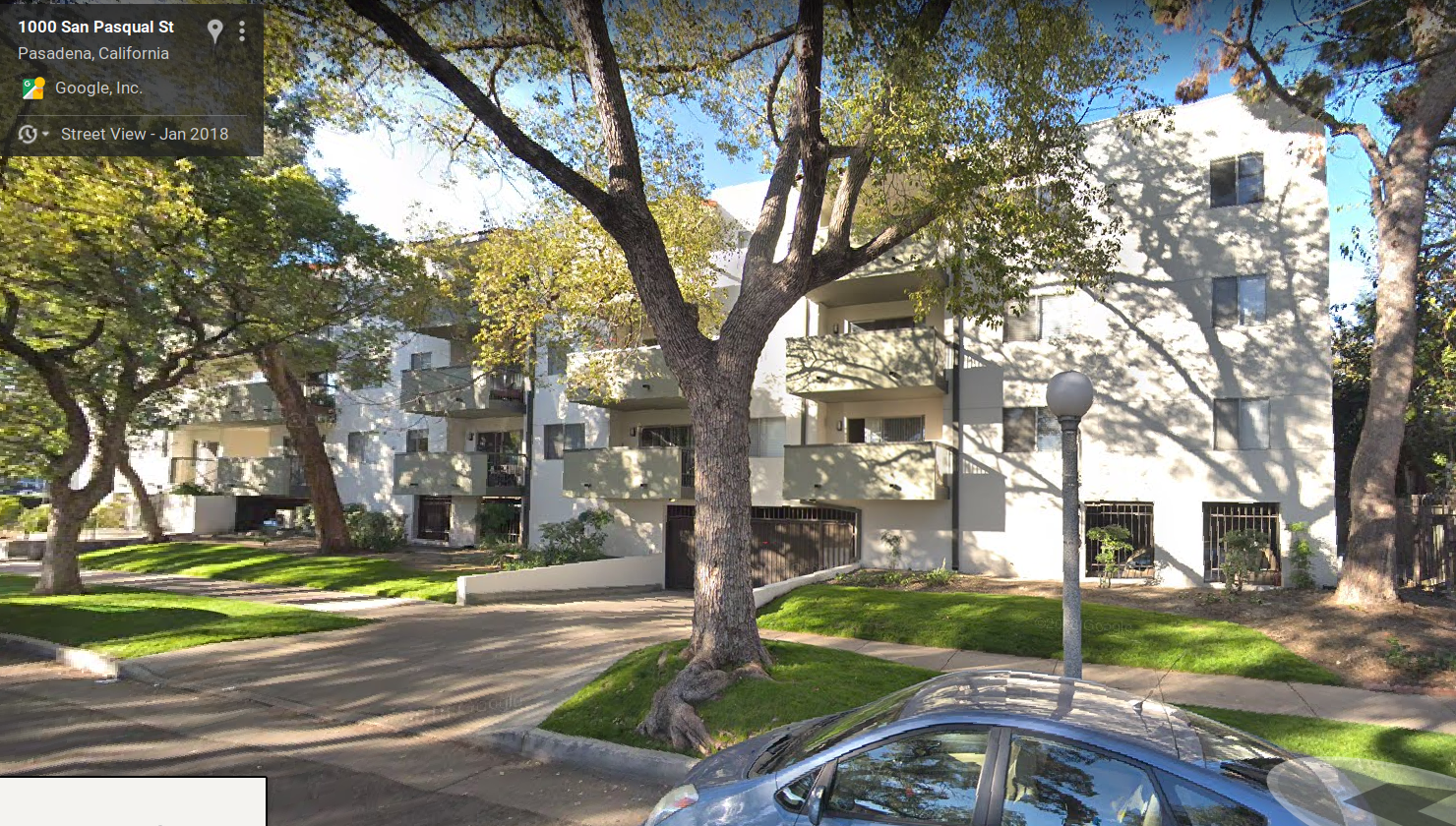
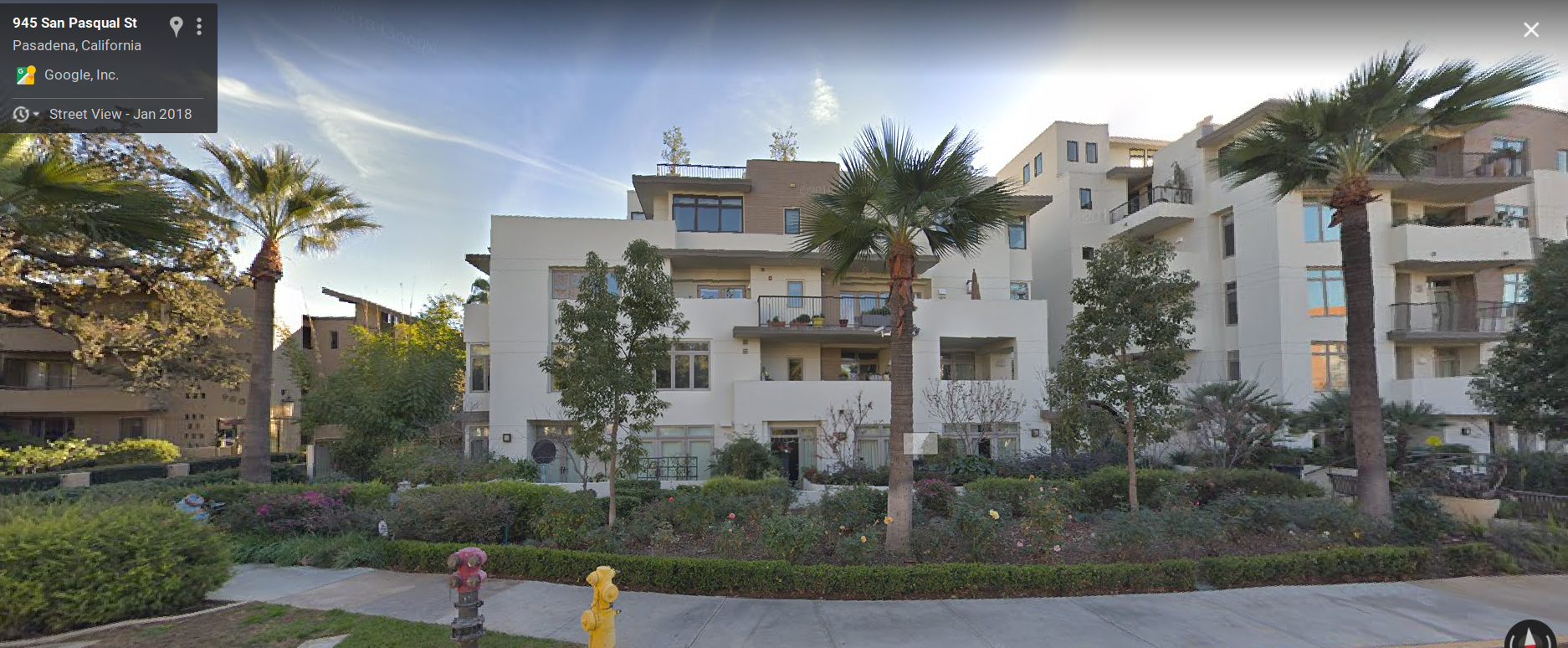
This is not a new observation—most Americans like lawns, after all—but it’s new to me. For the first time, I saw how yards, grassy strips by the sidewalk, lower lot coverage and heights, and lack of retail can make a place more pleasant. While Brooklyn tenements were my favorite housing type earlier, I’m now less convinced that the most of America should look like Brooklyn. For all but the most central parts of American metro areas, maybe we should aim for something more like Pasadena, but more transit-oriented and low-carbon.
How can we do this? Sacrifice some walkability, and rely a bit more on bike, e-scooters, and transit instead. Do a better job of clustering retail (and jobs) near transit than Los Angeles currently does.Alon Levy explains why Los Angeles uses transit so much less than its density might suggest in his post “Meme Weeding: Los Angeles Density”.
Build more transit to medium-density residential areas. (If America reforms its rail construction and operation costs, the idea that an area must have Brooklyn-like densities to justify a rail connection would go away.)
Suburban retail can be nice with better design
A few different design decisions make car-oriented retail in Los Angeles much more accessible to pedestrians, and even more interesting to look at even when you’re in a car.
First, pretty much all the retail I saw in LA either abuts the sidewalk or has only one or two rows of parking in front. They manage to do this by either putting the parking in the back, on the side, or underground. I’m curious how this happened—most places in America build strip malls with huge parking lots in front, since that’s the cheapest option and the most convenient to drivers.
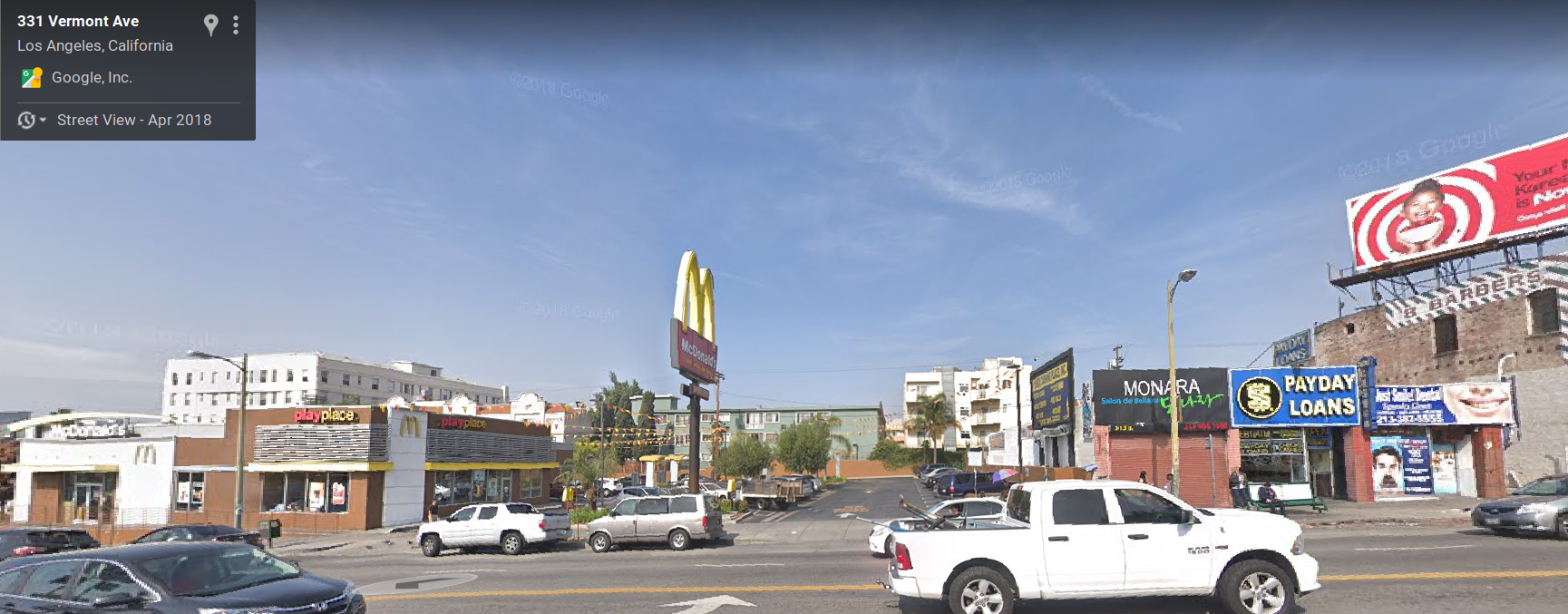
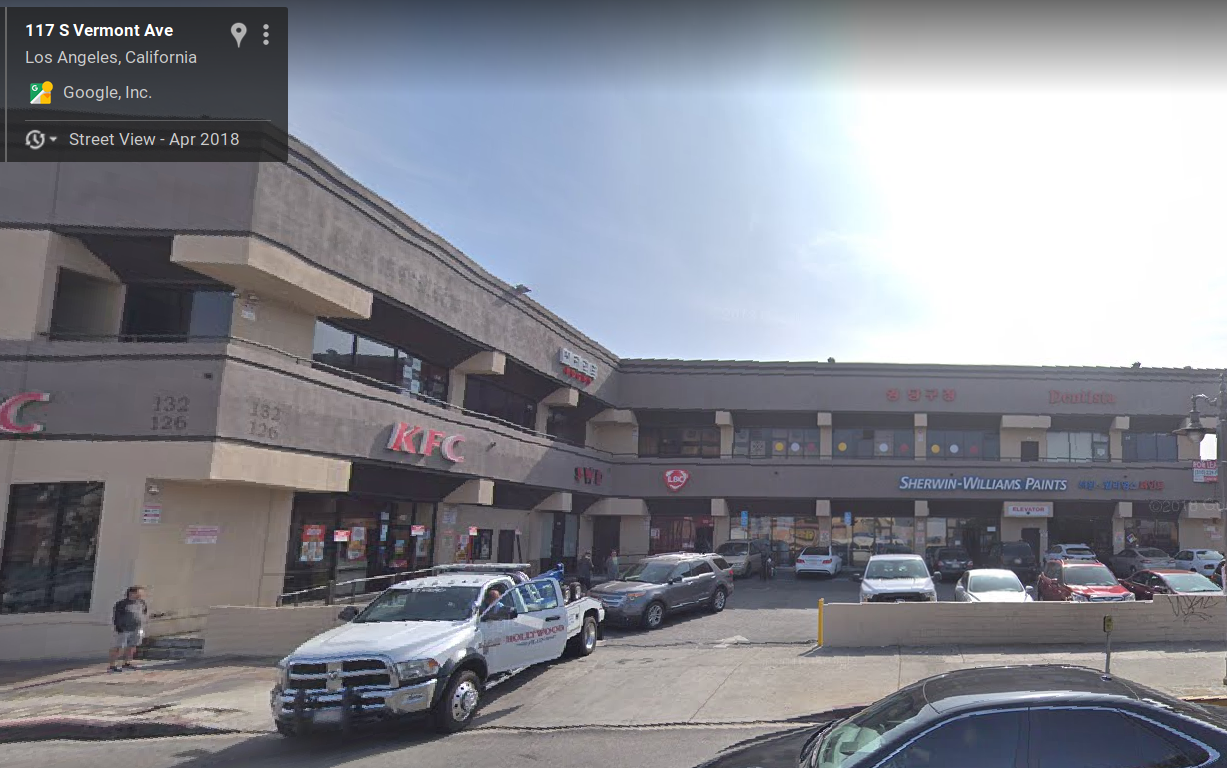
Second, rather than building large clusters of retail at the intersection of arterials, Los Angeles instead builds retail as narrow strips along arterials. These retail strips often continue for miles along an arterial, with very few gaps of (boring) non-commercial uses. This makes even looking out the window from a car interesting most of the time.
Finally, arterials tend to be less wide in Los Angeles, usually only 4 lanes (plus a turning lane and sometimes street parking), rather than the standard 6 lanes in Texas.
